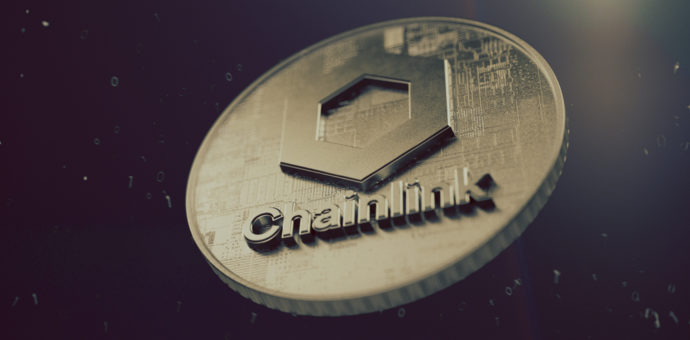The ChainLink platform (LINK), created in 2017 by Sergey Nazarov, is a blockchain that aims to simplify the use of smart contracts, which generally circulate on Ethereum networks, by integrating blockchain infrastructure with offline (real-world) applications. This is where the name ChainLink comes from, meaning “connection between chains”.
The great advantage of ChainLink is that it can validate the authenticity of the information it receives from offline needs and applications through a system that classifies the data and analyzes its reputation. As a consequence, the security increases.
This feature allows for various uses, from decentralized payment systems to the Internet of Things (IoT). Today, several large companies, including Google and the Web3 Foundation, use ChainLink.
- What is ChainLink?
- What is ChainLink’s cryptocurrency?
- What is ChainLink for?
- How is ChainLink information validated?
- What are the prospects for ChainLink?
- How to buy ChainLink?
- Where to buy the LINK token?
What is ChainLink?
On its webpage, ChainLink reports that it is a decentralized, breach-proof network that uses oracles (a DeFi instrument) to provide real data for smart contracts.
The oracles connected to the Ethereum network act as a command for the execution of smart contracts. So, for example, to validate data from a real-world contract, oracles collect, format, and distribute the information.
The platform allows various companies, such as financial institutions, to use the network as an infrastructure to register their transactions and data with various other blockchains.
What is ChainLink’s cryptocurrency?
Chainlink cryptocurrency is LINK, which validates network operations and is described by its developers as “an ERC20 token with additional ERC223 transfer functionality”. This allows LINK tokens to be received and processed by contracts with a single transaction.
After its creation, 32% of LINK tokens were sent to users to encourage the ecosystem, and 30% stayed with ChainLink for development. Another 35% were sold.
Network users receive rewards for providing access to external data to smart contracts. The combination of the data sent ensures the reliability of the operations, which generates the most accurate results.
What is ChainLink for?
As the name implies, the network links the real world and various blockchains, such as Ethereum. Its main functionality is to enable the technology of smart contracts within specific blockchains.
With ChainLink, it is possible to avoid conflicts in the transmission of data between different systems, which preserves the integrity and security of information. For example, an agreement or contract can be validated much simpler (and at a lower cost for the parties) using this network without intermediaries.
How is ChainLink information validated?
Oracles provide information to the platform, putting their data (and values) to the test, a process known as “stake”. For example, to insert new LINK token units into the network, Proof of Stake (PoS) is used.
The PoS consensus mechanism protects ChainLink. Unlike the proof-of-work (PoW) consensus used by bitcoin, PoS relies on the amount of tokens placed to select the validators of the network links (also called nodes).
Thus, users deposit their LINK coins to ensure that the information that is in and out is correct. In parallel, the network uses a system that evaluates the reputation of this data, which ensures that there was no manipulation by users who provide the information.
When there is confirmation that the information and data are indeed correct, the reward for users who help validate the transactions is in LINK tokens.
What are the prospects for ChainLink?
In 2020, the price of Chainlink (LINK) appreciated by over 500%. At the beginning of 2021, the currency was worth just over US$ 4, but it has appreciated and was quoted (as of July 1) at just over US$ 18. Its total supply is 1 billion tokens, and there are currently just over 419 million of them in circulation (representing 42% of the total volume).
Chainlink is increasingly being used, following the increase in decentralized applications on the blockchain.
How to buy ChainLink?
The best way to invest in LINK tokens is through an exchange, which does the whole process of transactions intermediation between the parties involved.
Where to buy the LINK token?
The LINK token is among the most popular cryptocurrencies, being the 15th, according to the CoinMarketCap ranking.
The currency can be purchased at exchanges such as Binance, Huobi, Coinbase, Gate.io, and Kraken.







